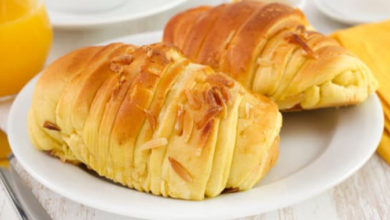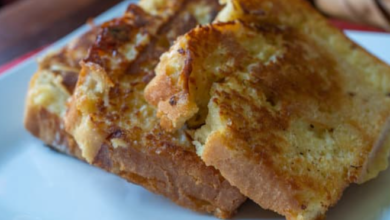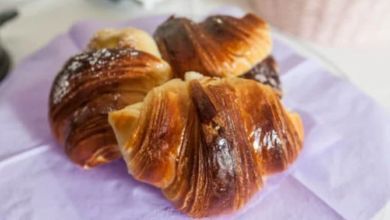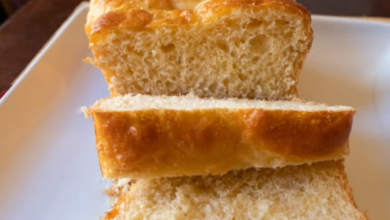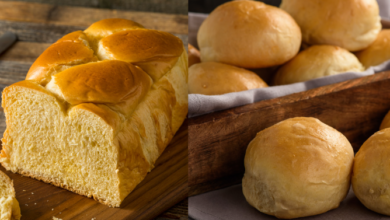Do You Need Yeast to Make Brioche?
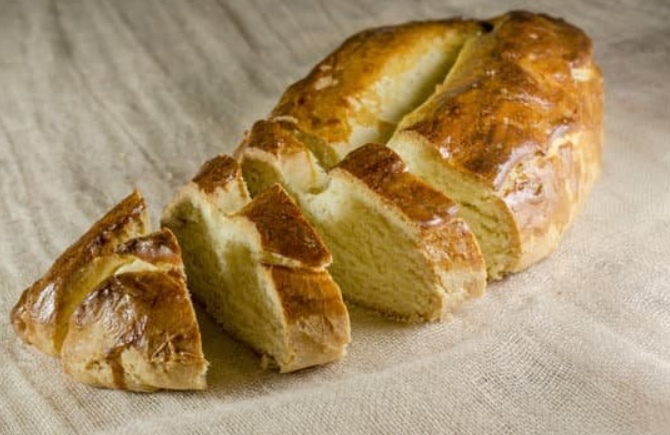
What To Know
- The amount of yeast used in brioche is a critical factor that affects the bread’s rise and texture.
- Cover the bowl with plastic wrap and let the dough rise in a warm place for about 1 hour, or until doubled in size.
- Cover the dough with plastic wrap and let it rise in a warm place for another 30-45 minutes, or until the dough has almost doubled in size.
Brioche, a delectable pastry known for its rich, buttery flavor and soft, fluffy texture, has long been a subject of culinary curiosity. One of the most frequently asked questions about this beloved bread is: “Does brioche have yeast?”
The answer lies in the very heart of brioche’s unique composition. Yeast, a microscopic fungus, plays a crucial role in the fermentation process that gives brioche its characteristic airy lightness. Without it, brioche would be nothing more than a dense, unleavened dough.
The Role of Yeast in Brioche
Yeast performs its magic by consuming the sugars present in the dough and releasing carbon dioxide gas as a byproduct. This gas forms tiny bubbles within the dough, causing it to expand and become light and fluffy. The fermentation process also contributes to the development of brioche’s distinctive tangy flavor.
The Types of Yeast Used in Brioche
There are several types of yeast that can be used in brioche making, each imparting its own subtle nuances:
- Active dry yeast: This is the most commonly used yeast for brioche. It is available in granular form and requires rehydration in warm water before being added to the dough.
- Instant yeast: Also known as rapid-rise yeast, instant yeast can be added directly to the dough without rehydrating. It is more convenient but can produce a slightly less flavorful brioche.
- Fresh yeast: Fresh yeast is a perishable form of yeast that is typically sold in small cakes. It is more flavorful than dry yeast but requires careful handling and storage.
How Much Yeast to Use in Brioche
The amount of yeast used in brioche is a critical factor that affects the bread’s rise and texture. Too little yeast will result in a dense, underproofed brioche, while too much yeast can cause the bread to become overly airy and crumbly.
As a general rule, use about 1 tablespoon of active dry yeast or 2 teaspoons of instant yeast for every 500 grams of flour. Fresh yeast should be used at a rate of about 1 ounce for every 500 grams of flour.
How to Proof Brioche Dough
Proofing is the process of allowing the dough to rise before baking. This gives the yeast time to work its magic and produce the desired lightness and flavor.
- First Proof: After kneading the dough, shape it into a ball and place it in a lightly greased bowl. Cover the bowl with plastic wrap and let the dough rise in a warm place for about 1 hour, or until doubled in size.
- Second Proof: Once the dough has doubled in size, punch it down to release the air bubbles. Shape the dough as desired and place it on a baking sheet lined with parchment paper. Cover the dough with plastic wrap and let it rise in a warm place for another 30-45 minutes, or until the dough has almost doubled in size.
Baking Brioche
After proofing, the brioche is ready to be baked. Preheat the oven to 350°F (175°C) and bake the brioche for 25-30 minutes, or until golden brown and cooked through.
The Importance of Yeast in Brioche
Yeast is an indispensable ingredient in brioche, providing the following benefits:
- Lightness and Fluffiness: Yeast produces carbon dioxide gas, which creates air bubbles within the dough, resulting in a light and fluffy bread.
- Flavor Development: Yeast consumes the sugars in the dough and releases acids and other compounds that contribute to brioche’s characteristic tangy flavor.
- Texture: Yeast helps to develop the brioche’s soft and tender texture by breaking down the gluten proteins in the flour.
Key Points: The Yeast-y Secrets of Brioche
In conclusion, the answer to the question “Does brioche have yeast?” is a resounding yes. Yeast is an essential ingredient that gives brioche its signature lightness, flavor, and texture. By understanding the role of yeast in brioche, bakers can create this delectable pastry with confidence and precision.
Frequently Asked Questions
1. Can I use baking powder instead of yeast in brioche?
No, baking powder is not a suitable substitute for yeast in brioche. Baking powder is a chemical leavening agent that works by releasing carbon dioxide gas when combined with an acidic ingredient. It cannot produce the same sustained rise and flavor development as yeast.
2. How long can I proof brioche dough?
Brioche dough can be proofed for up to 2 hours at room temperature or overnight in the refrigerator. Overproofing can result in a dense, overly fermented brioche.
3. How do I know when brioche is done baking?
Brioche is done baking when it is golden brown on top and sounds hollow when tapped. You can also insert a toothpick into the center of the brioche; if it comes out clean, the bread is cooked through.
4. How do I store brioche?
Brioche can be stored at room temperature for 2-3 days or in the refrigerator for up to a week. To freeze brioche, wrap it tightly in plastic wrap and freeze for up to 3 months. Thaw at room temperature before serving.
5. What can I serve with brioche?
Brioche is a versatile bread that can be enjoyed on its own or served with a variety of accompaniments, such as:
- Butter and jam
- Cheese and charcuterie
- Smoked salmon
- Eggs and bacon
